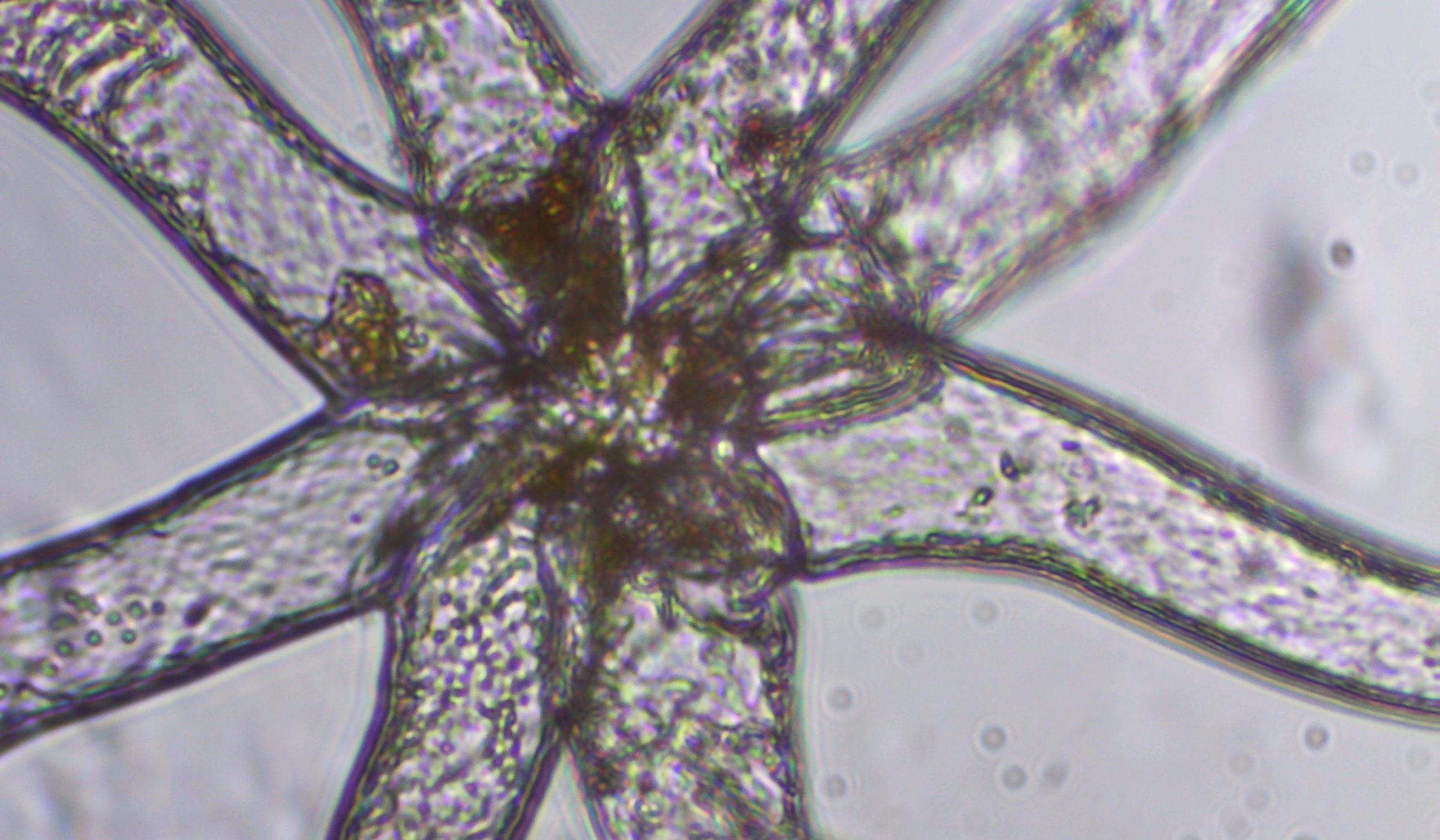There is a sea snail that lives near hydrothermal vents thousands of feet below the ocean surface that builds its armored shell out of iron. There is a flower that heats itself to release a stench like rotting meat to attract flies. There are insects that look just like sticks that can grow to be 9 inches long. We live in a weird and diverse world.
About 1.7 million species of animals, plants and fungi have been recorded on our planet, but there are likely to be 8-9 million and possibly up to 100 million. This number is not surprising when you consider that a single spoonful of soil alone can contain 10,000 to 50,000 different types of bacteria. Somewhere between 15,000 and 18,000 new species are identified each year, about half of which are insects, although this number is a little misleading because it also includes the correction of taxonomic mistakes and movements from one family to another. Some of the interesting finds of 2019 include sea slugs that mimic snail eggs, a vibrant purple fish the lives in the darkest coral reefs, and a family of “ant-worshipping” spiders that live in ant mounds (we don’t know why).
At the same time, the extinction rate of species is now thought to be about 1,000 times higher than before humans dominated the planet. About two dozen species were officially declared extinct in 2019, but most extinctions occur among species that have never been observed or named. In fact, as many as 200 species may be going extinct, unnoticed, every day. It is estimated that up to 1 million more species are threatened with extinction within decades.
There are many analogies to help us understand why maintaining a biologically diverse planet is so important. You could imagine biodiversity is like a spider web in that even though the web is strong while it is intact, if it breaks it becomes weak. Or a more nuanced comparison is to a game of Jenga, where removing some pieces may not cause your tower to crumble, but removing just the wrong piece ends the game. For the sports minded, the loss of biodiversity is like having a football team with only tight ends (so I have been told). Essentially, the interconnectedness of all living systems provides a collective resilience to disturbances- events like catastrophic weather, pandemics, and even meteor strikes. Biodiversity is also like having a well-stocked superstore of potential products, from pharmaceuticals to design plans for robots and stronger building materials. It is said that at least 40% of the world’s economy and 80% of the needs of the poor are derived from biological resources; reducing the number and variety of those resources erodes the foundations of our economies, food security, health and quality of life.
Wild areas are being turned into farmland, housing and industrial sites. Unsustainable hunting and fishing practices deplete populations beyond their recovery ability. Long-lived industrial pollutants have become prevalent in soils and water. Global trade spreads disease and invasive species throughout the world. The changing climate and sea level rise are erasing habitats. There are many compounding reasons for the alarming rate of species loss we are witnessing. But we can promote biodiversity by increasing our knowledge of environmental issues, increasing our awareness of the impacts of biodiversity loss, and by supporting government policies that conserve ecosystems. We can participate in biodiversity conservation while staying home too, for example by contributing to citizen science research, creating backyard habitats, using native plants in landscaping, practicing water conservation, and limiting the use of pesticides.



